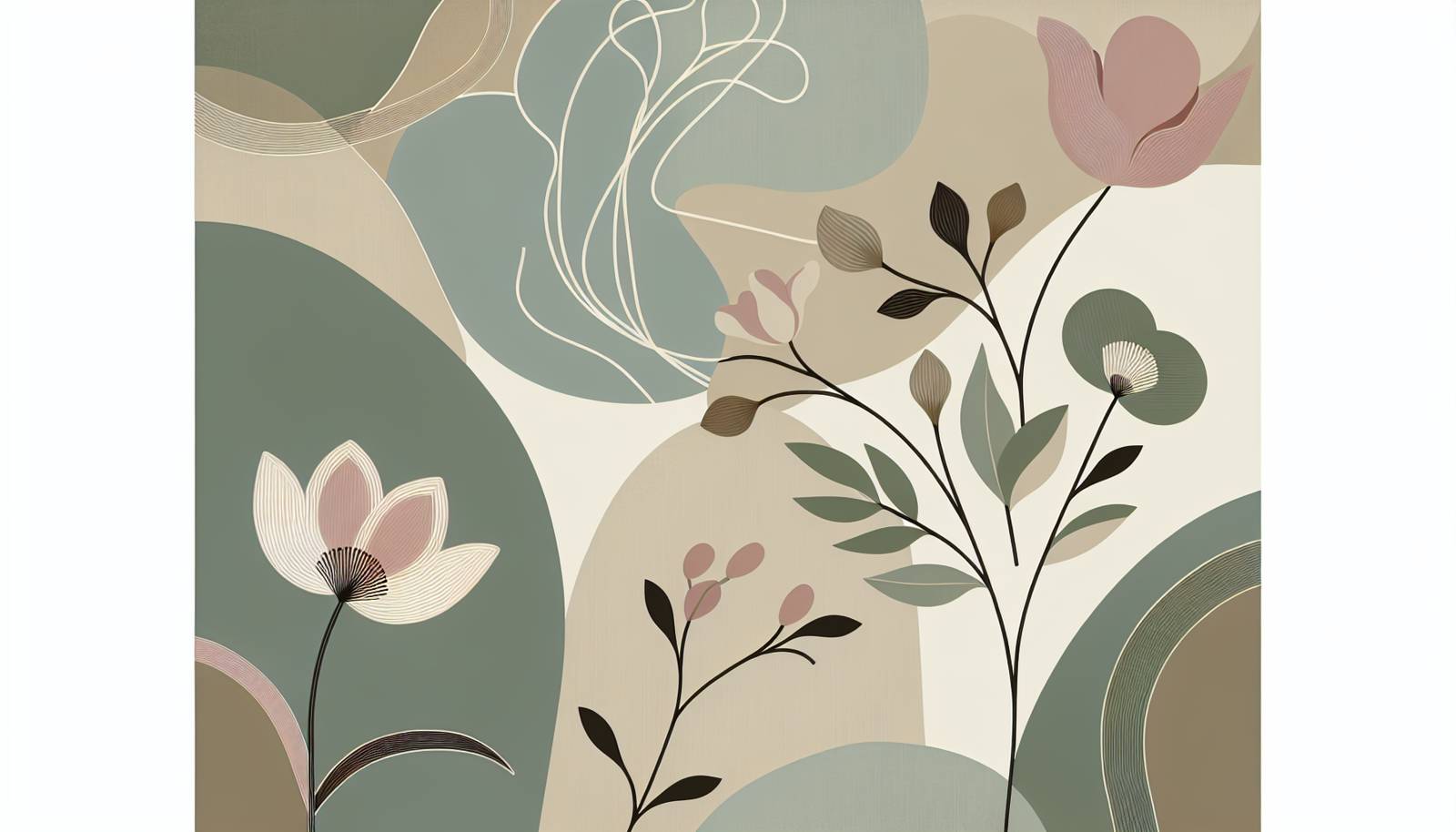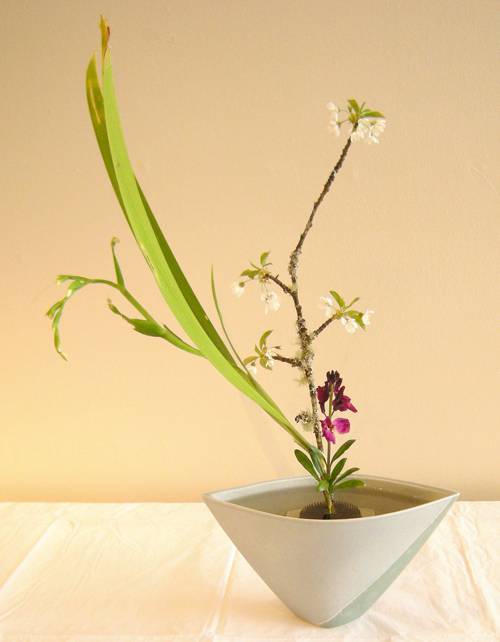
FAQ About The Influence of Traditional Japanese Ikebana in Modern Floral Design

What is Ikebana?
Ikebana is the traditional Japanese art of flower arranging, also known as "the way of flowers." It emphasizes harmony, balance, and simplicity in floral compositions. Unlike Western floral arrangements that focus mainly on the blooms, Ikebana considers the stems, leaves, and branches as equally important.

How has Ikebana influenced modern floral design?
Ikebana has greatly influenced modern floral design by introducing the concepts of minimalism and asymmetry. Designers have adopted these principles to create more expressive and artistic arrangements that go beyond the traditional Western approaches of balance and symmetry. Moreover, Ikebana's philosophy of integrating natural beauty and seasonal awareness has been embraced by many contemporary floral artists.

What are the basic principles of Ikebana?
Ikebana is built on several key principles, including balance, harmony, and simplicity. It often features an asymmetrical form and focuses on line, space, and form. Additionally, Ikebana emphasizes the use of natural materials and seasonal awareness, encouraging arrangers to reflect on the beauty of each season through their creations.

Can Ikebana be practiced with any type of flowers?
Yes, Ikebana can be practiced with a wide variety of flowers, as well as other plant materials such as branches, leaves, and fruits. While traditional Ikebana often uses Japanese flowers and plants, contemporary Ikebana incorporates diverse botanical materials reflecting the local flora available to the practitioner.

What makes Ikebana different from Western floral arrangements?
Ikebana is distinct from Western floral arrangements in its approach and aesthetic. While Western designs often focus on symmetry and floral abundance, Ikebana emphasizes minimalism, line, and space. The concept of 'ma' or negative space is crucial in Ikebana, giving breath to the arrangement and highlighting the natural beauty of individual elements.

How did Ikebana begin, and where did it originate?
Ikebana originated in Japan and dates back to the 7th century. It began as a religious offering with floral arrangements placed at altars by Japanese Buddhists. Over the centuries, it evolved into a disciplined art form with various schools and styles, each with its own specific rules and aesthetics.

Are there different styles or schools of Ikebana?
Yes, there are many different schools and styles of Ikebana, each with its own philosophy and techniques. Some well-known schools include Ikenobo, Sogetsu, and Ohara. These schools may differ in their approach to formality, flower choice, and arrangement style, but all adhere to the core principles of Ikebana.

Is Ikebana practiced outside Japan?
Yes, Ikebana is practiced worldwide, with enthusiasts and experts found in many countries. International organizations and local clubs often host Ikebana workshops, exhibitions, and competitions, promoting cross-cultural appreciation and exchange of this Japanese art form.

How can someone start learning Ikebana?
To start learning Ikebana, one can take classes offered by certified instructors or join Ikebana schools or clubs. Online courses are also available, providing flexibility for those who can't attend in person. Beginners are encouraged to start with basic arrangements to understand the fundamental principles of shape, line, and space.

What cultural significance does Ikebana hold in Japan?
Ikebana holds significant cultural importance in Japan as it is regarded not only as an art form but as a means of meditation and self-reflection. Practitioners view it as a way to connect with nature and appreciate the transient beauty of life. It also plays a role in various traditional ceremonies and festivals.

What are some common misconceptions about Ikebana?
Common misconceptions about Ikebana include the belief that it is simply flower arranging or that it requires elaborate and expensive materials. In fact, Ikebana is a meditative art form emphasizing simplicity and can be practiced using everyday flora and minimal resources. It is more about the spatial and philosophical considerations than quantity or cost.

How does Ikebana incorporate seasonal elements?
Seasonal awareness is a fundamental aspect of Ikebana. Arrangements typically feature flowers, branches, and other plant materials that reflect the current season. This focus not only honors the natural cycle and its beauty but also cultivates a sense of mindfulness and appreciation for ephemeral moments.

What is the role of 'ma' or negative space in Ikebana?
In Ikebana, 'ma' or negative space plays a crucial role by creating balance and highlighting the beauty of the individual elements within the arrangement. This space allows each component to breathe and be appreciated, adding a sense of tranquility and elegance to the composition.

Can contemporary flower arrangements still be considered Ikebana?
Contemporary flower arrangements can still be considered Ikebana if they adhere to the basic principles of the art, such as balance, line, and minimalism, while reflecting the arranger's personal artistic expression. Many modern interpretations continue to honor Ikebana's respect for nature and its structural elements.

How do modern artists incorporate Ikebana principles into their work without adhering strictly to tradition?
Modern artists incorporate Ikebana principles by blending traditional elements like simplicity, line quality, and negative space with personal innovation and creativity. This results in unique expressions that marry old and new aesthetics, often using unconventional materials or integrating Ikebana concepts into other art forms like sculpture or interior design.

What are some famous Ikebana artists or masters?
Some renowned Ikebana artists include Sofu Teshigahara, founder of the Sogetsu School, whose avant-garde approach revolutionized the practice. Another notable master is Senno Ikenobo, who established the Ikenobo School, the oldest and one of the most traditional styles of Ikebana.

How do Ikebana enthusiasts connect globally?
Ikebana enthusiasts connect globally through international organizations like Ikebana International that promote cultural exchange. These organizations, along with online communities and social media platforms, provide opportunities for sharing techniques, participating in global events, and building networks with other practitioners around the world.

How does Ikebana reflect the philosophy of wabi-sabi?
Ikebana reflects the philosophy of wabi-sabi by emphasizing the beauty of imperfection and transience. Arrangements often incorporate natural elements that display these philosophies, encouraging appreciation for simplicity, asymmetrical balance, and the transient beauty of nature.

What role can Ikebana play in enhancing mindfulness and well-being?
Practicing Ikebana can enhance mindfulness and well-being by encouraging the practitioner to focus on the present moment while arranging flowers. The art's meditative aspects promote relaxation and self-reflection, contributing to mental clarity and peace.

Can Ikebana be integrated into modern interior design?
Yes, Ikebana can be integrated into modern interior design by incorporating its principles of simplicity, balance, and natural beauty. Designers use Ikebana-style arrangements to add elegance and tranquility to spaces, often highlighting architectural features and creating focal points that complement contemporary aesthetics.
